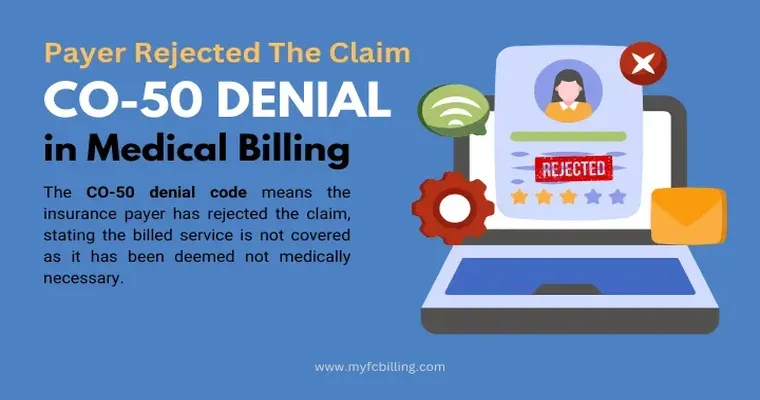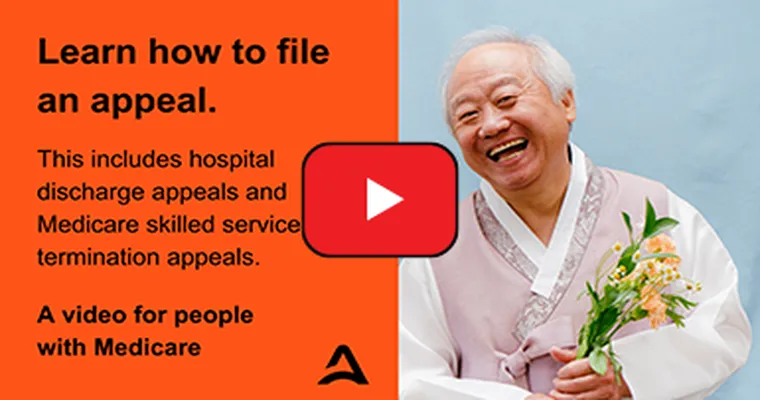Navigating the complex world of "medical billing errors" and "health insurance claims" can be daunting for many patients. Understanding how to identify these errors and effectively appeal claims can save you significant amounts of money and ensure that you receive the care you need. In this article, we will guide you through the process of spotting medical billing errors and provide strategies for successfully appealing health insurance claims.
Understanding Medical Billing Errors
Medical billing errors can occur for various reasons, including clerical mistakes, incorrect coding, or miscommunication between healthcare providers and insurers. Common types of "billing errors" include:
1. Duplicate Charges: This happens when the same procedure or service is billed more than once.
2. Incorrect Procedure Codes: Using the wrong codes can lead to denied claims or underpayments.
3. Improper Patient Information: Errors in personal details, such as name or insurance policy number, can hinder the claims process.
4. Unbundling: This occurs when separate charges are made for services that should be billed together.
How to Spot Errors in Medical Bills
To protect yourself from overpaying due to "medical billing errors", follow these steps:
1. "Review Your Bill Thoroughly": Take the time to read your medical bill line by line. Check for any discrepancies between what you were told during your visit and the charges listed.
2. "Compare Against EOB Statements": Your "Explanation of Benefits (EOB)" statement from your insurance company will provide details on what was covered. Compare this with your medical bill to spot any inconsistencies.
3. "Keep Records": Maintain detailed records of your medical visits, including any discussions about costs and services rendered. This documentation can be invaluable when challenging errors.
4. "Verify Insurance Coverage": Ensure that the services you received were covered under your policy. Sometimes, errors arise from misunderstandings about what is included in your health plan.
Steps to Appeal Health Insurance Claims
If you identify a billing error or believe your insurance claim has been unjustly denied, follow these steps to appeal:
1. "Contact Your Insurance Company": Start by calling the customer service number on your EOB. Request clarification regarding the denied claim and ask for specific reasons for the denial.
2. "Gather Documentation": Collect all relevant documents, including medical bills, EOBs, and any correspondence from your healthcare provider. Make sure to have copies of your policy that support your case.
3. "Write a Formal Appeal Letter": Clearly outline your case in a formal appeal letter. Include your personal details, policy number, and a detailed explanation of why you believe the claim should be covered. Attach copies of supporting documents.
4. "Submit Your Appeal": Send your appeal letter and documentation to your insurance company. Make sure to send it via certified mail or another trackable method to ensure it is received.
5. "Follow Up": After submitting your appeal, follow up with your insurance company. Be persistent and keep records of all communications.
Conclusion
Spotting "medical billing errors" and successfully appealing "health insurance claims" is essential for managing your healthcare costs. By taking proactive steps to review your bills and understand the claims process, you can protect yourself from unnecessary expenses and ensure that you receive the benefits you are entitled to. Remember, being informed and diligent can make a significant difference in your healthcare experience.





